ANN MASSEY says the discovery of “deviant burials” in the west of Ireland reveals ancient beliefs in vampires on the Emerald Isle
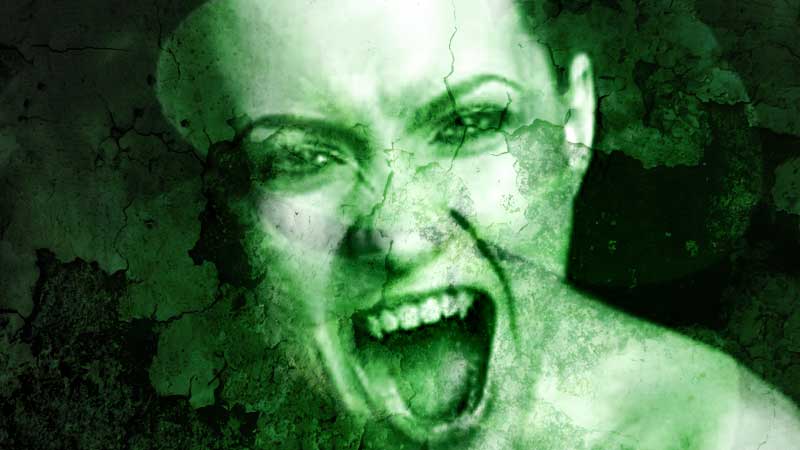
For centuries there has been a morbid fear of the Walking Dead.
Since the 12th Century folktales have swept across Western Europe, leaving terror and panic in their wake.
The Church spoke of Hell and damnation for the evil, souls to suffer eternal torment in purgatory for their crimes and atrocities.
But what if those souls escaped, to return to their bodies and once again walk the Earth? What if these Revenants walked in Ireland?
Ireland, a place of mystery
Ireland has always been a place of mystery, fairies and magic and a pre-Christian dark history.
What doesn’t immediately spring to mind, however, is the Irish Vampire –that is until a seemingly straightforward archaeological training exercise in the West of Ireland in 2005 took a chilling turn.
A joint team from Sligo and St Louis were tasked with searching for a Medieval Bishop’s Palace in use until abandonment following the arrival of the Plaque in the middle of the 14th century. They began their excavation beneath flagstones in quiet fields in Kilteshean, County Roscommon.
The first shock discovery was that directly under the stones were the crushed skeletons of many humans, piled several deep in shallow graves. The shallowness, together with the positioning of the flagstones indicated that the builders knew they were building directly on top of a graveyard-on top of up to 3000 corpses.
It was then noticed that on the perimeter of the graveyard were two further burial plots. Once digging began it became clear that these were no ordinary interments. The deceased had been buried in an un-Christian fashion, not in the traditional east to west.
Once the skeletons were uncovered, the violent, horrific nature of their post-mortem handling became clear.
The men had been buried at different times, one in middle age, one in his 20s, however, they were connected in a most disturbing manner. Each had his arms and legs, hands and feet broken and they were folded and bound around a large boulder. Each had a rock wedged so firmly into his mouth that the jaws were close to snapping apart.
Deviant burials in Ireland
It was evident that these were deviant burials. These men were not being laid to rest, they were being grotesquely violated and weighted down to ensure they would not return from the dead. The other interesting observation was that the men had not died of natural causes. Blade marks were clearly visible upon the bones.
In medieval times, it was believed that the mouth was the portal to the soul. By placing such an object in the mouth of the deceased, the corrupt soul that had departed could no longer return. By breaking and binding the flesh and bones, the deviant could not walk among the living again.
The extent of mutilation together with the stone in the mouth of the dead pointed to one possibility. That the people who carried out these actions believed they were in the presence of vampires. It was believed at first that the archaeological team were on a Black Death site, as it was thought plaque was spread by vampires and the violent nature of the burials was consistent with those thought to be involved in vampirism.
It was a jolt to find out after bone dating, that the corrupt corpses had gone through the most gruesome of rituals between 600 and 800 A.D. Long before Vampires were written into folklore, before they were romanticised and turned into bestselling stories, the undead were believed to be walking among the Irish, bringing sickness and death to animals and people alike.
In the 8th century, in a small village in the West of Ireland, locals were using every ritual and method they had to make sure it didn’t happen to them.
In Kilteasheen the Deviants would not walk, the Vampires would remain buried forever, at least until now.


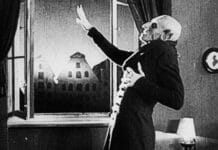
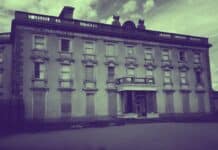

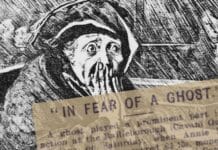

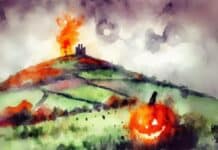


If you are near lurgan co Armagh you should visit Shankill graveyard where more people are buried during the famine than anywhere in Ireland, also The Famous Marjorie Mccall died once buried twice and the rejected Cuppage haunts the graveyard